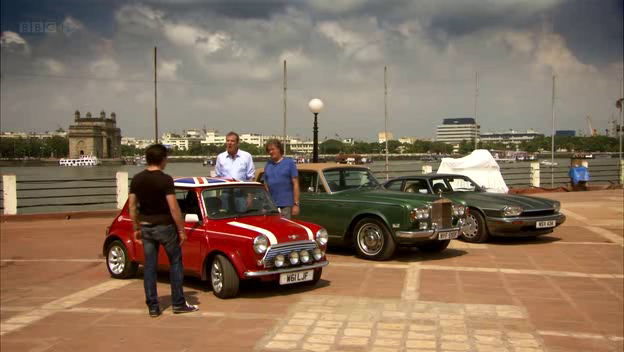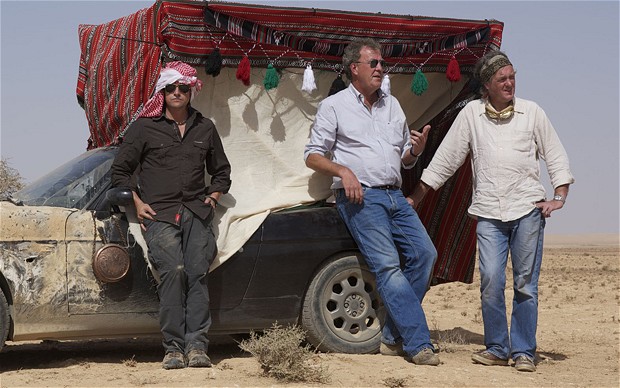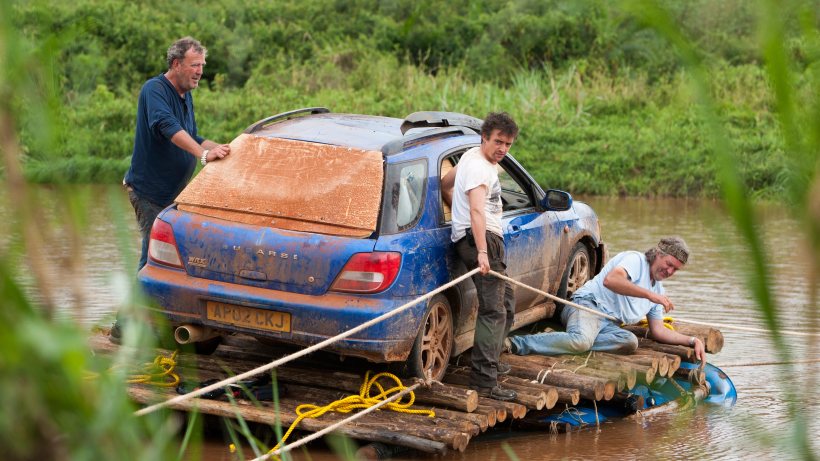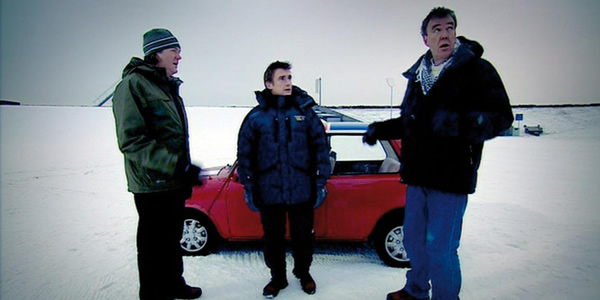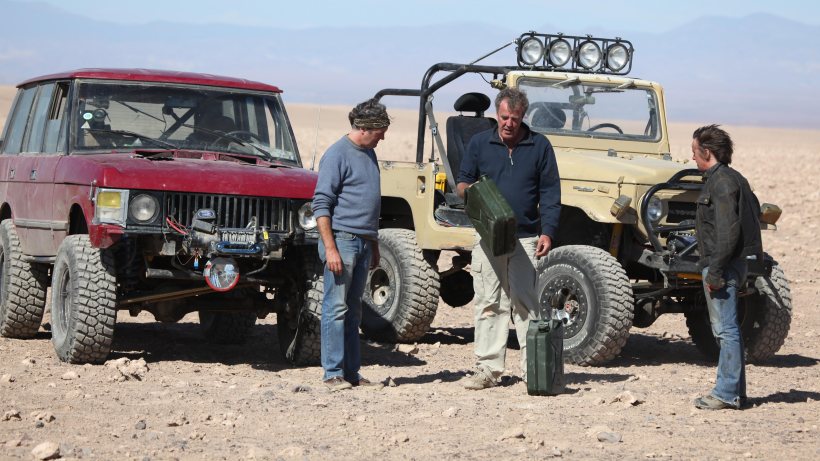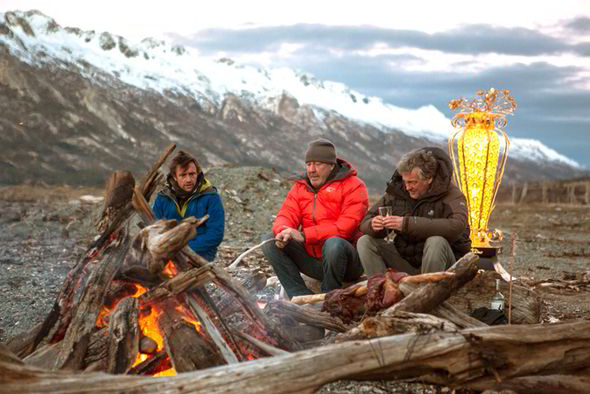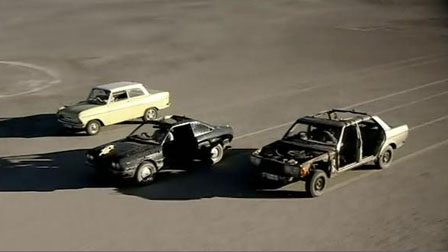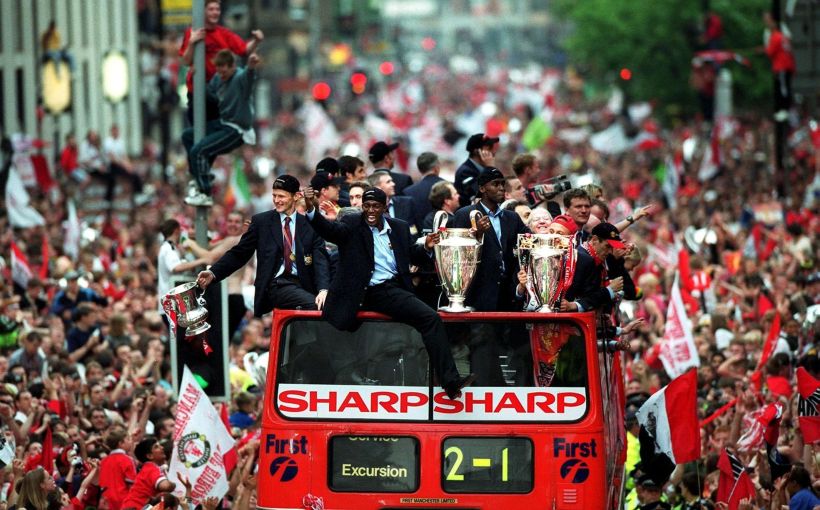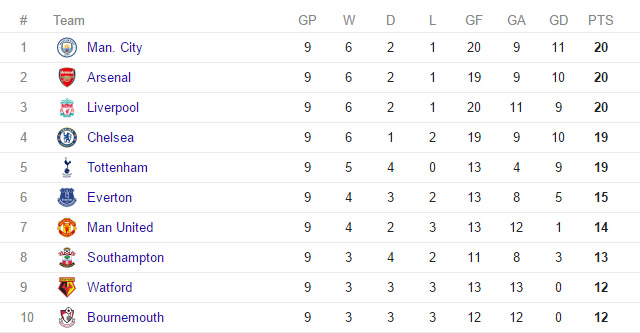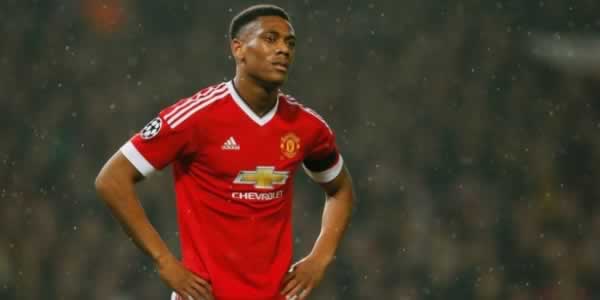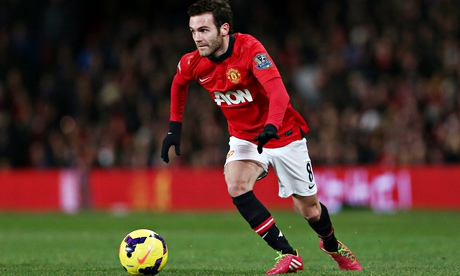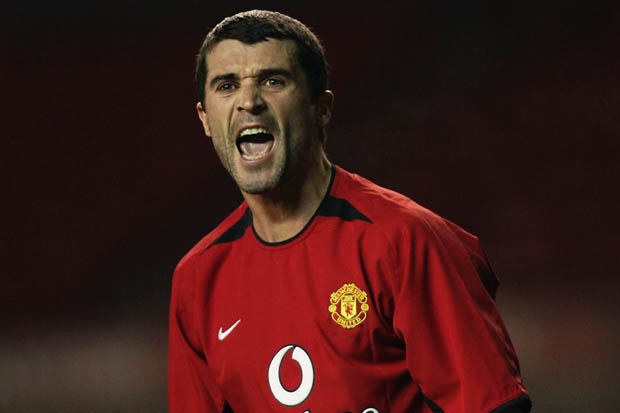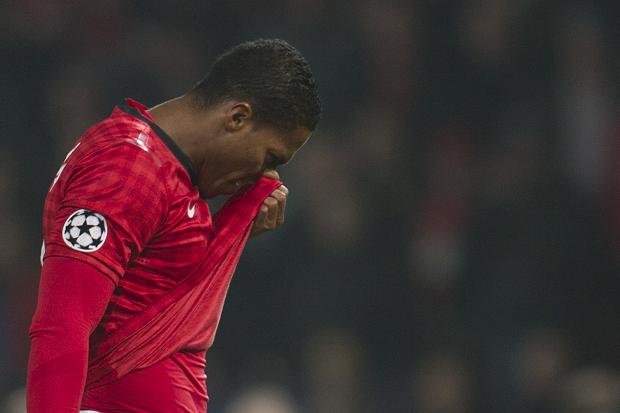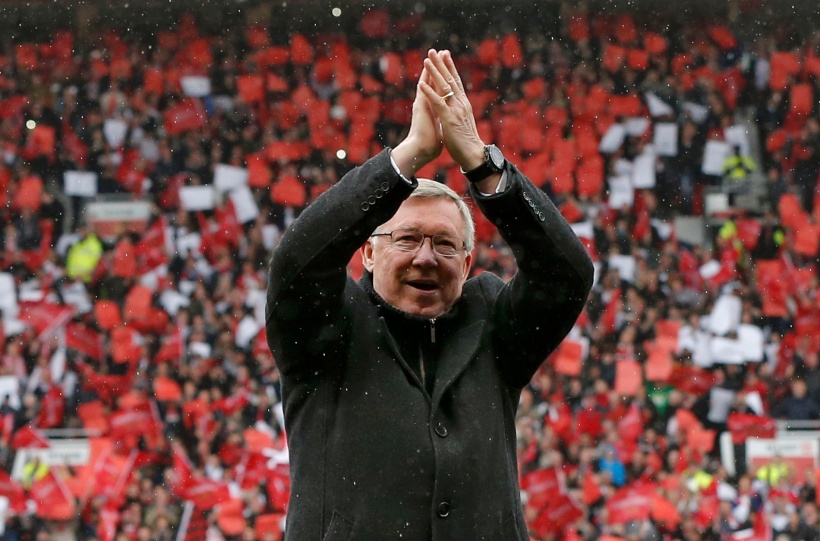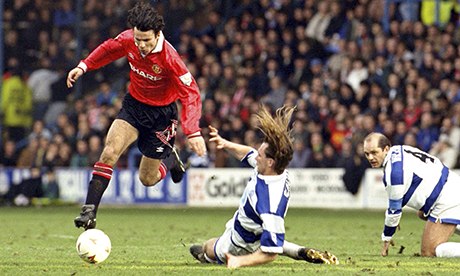The year of 2018 seemed to have ushered in the end of an era as we knew it. With the rampant juggernaut that is Fortnite dominating Twitch streams the globe over, the world of the video game moved inexorably towards becoming an almost exclusively online domain.
Peruse any list of 2018’s most played games and several familiar culprits begin to emerge: Call of Duty, Fifa, GTA Online, Overwatch, League of Legends, Player Unknown’s Battleground. The vast majority of gamers continued to eschew narrative-based gameplay in favour of fast-paced, digestible online action. Coupled with the enormous rise in streaming, gaming has long since become not just a social affair but an international phenomenon.
Yet, in the ever-shifting realm of console and PC gaming – that has seen platformers ascend to the pinnacle before disappearing into relative obscurity, and arcade beat-em-ups achieve dominance as quickly as lose it – there has been one staple throughout: the open-world RPG.
With the close of 2018, Rockstar unleashed their most recent creation upon the gaming industry in Red Dead Redemption 2. Vast, innovative and engrossing, its release proved that there is still a market – and a considerable one at that – for the single-player RPG.
So, why then, in the face of ever-growing change and innovation, has the open-world RPG remained as staunchly popular as it has always been, if not more so?
The Narrative
Gamers, just like everyone else, enjoy stories. Stories have captivated and inspired humanity for generations. From oral tales to print right through to digital. We ravenously consume books, films and television series – and video gaming is no different.
Open-world RPGs, though founded upon individual freedom at their core, hinge inherently upon the carefully-constructed narratives through which its players can navigate. What keeps gamers enthralled with The Witcher or Red Dead Redemption 2 isn’t the promise of new skins or better guns, but with whether Geralt and Ciri can halt the White Frost or whether Arthur Morgan and Dutch van de Linde can pull off that “one last heist”.
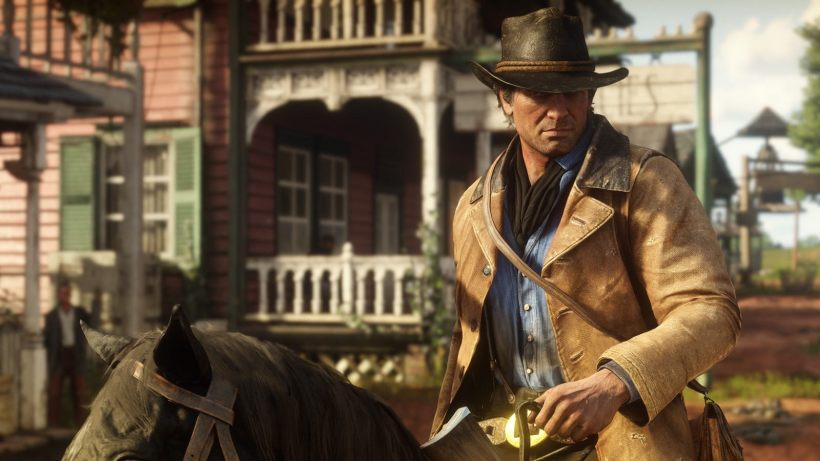
A compelling story is what drives these kinds of video games forward. Too flimsy, and gamers get bored; too complex and gamers get disillusioned. The greatest RPGS – think The Witcher 3 – balance perfectly the progression of the narrative with engaging quests that urge the player to continue to unravel the next mystery or defeat the next foe.
The story isn’t just a framework for the player to enjoy; it is designed for them to be a direct and influential part of.
Whereas with a novel or a film, whereby the reader or the viewer isn’t a direct participant, the open-world video game allows players to get as close as is possible to mutant-scourged wastelands without initiating their own nuclear apocalypse.
And while the narrative has already been meticulously designed and planned, the beauty of the open-world RPG is that you can directly affect the outcomes contained therein. Freedom is key.
The Freedom
Long gone are the days of the platform game where the player was pushed down a predetermined path towards an achievable goal. The open-world RPG is built upon the notion of freedom. Don’t want to thwart the Mythic Dawn and close the gates to Oblivion? Don’t worry – go become Champion of the Arena. That doesn’t take your fancy? Go join the Thieves’ Guild! Not fussed by that? Go on a killing spree in Cheydinhal for the sake of it.
Every great open-world RPG contains a main narrative, but equally, every great RPG gives players the choice to postpone or ignore this story-line partially or even completely. For the most part, open-world RPGs have enjoyed such longevity because they give players the freedom to do exactly what they want to. They’re populated with such a wealth of side-quests, Easter eggs, activities and NPCs that there is very little scope for repetition.
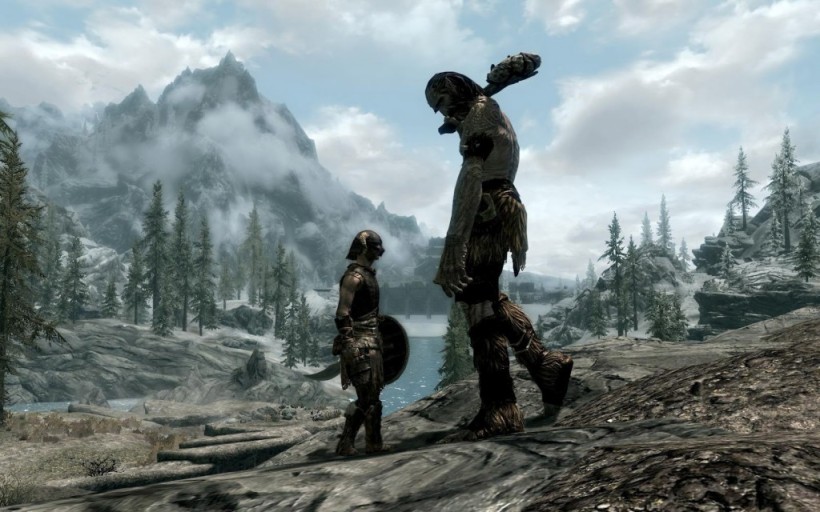
Join a lobby. Select your loadout. Camp in a corner. Strive for a positive K/D spread. Repeat. Fun for a while, but there’s a reason Activision churns out a new Call of Duty title every year while Bethesda makes us wait five for the next Elder Scrolls.
Take Grand Theft Auto V, for example (or indeed any previous instalment). Though the narrative is a terrific blend of action, corruption and deceit, you can enjoy GTA for hours without going anywhere near the main story. Steal cars, visit strip bars, gun down law enforcement, rob corner shops, purchase property, plan your outfits, play golf – and all because you have the freedom to do so.
But, of course, having the freedom to do whatever you want would not be anywhere near as appealing if open-world RPGs didn’t have such extraordinary and diverse settings.
The Worlds
It’s one of the most integral parts to creating a believable RPG that gamers will want to return to. From sprawling conurbations to historical sites of importance to dragon-plagued fantasy realms, the settings of the greatest RPGs are memorable.
Racing along on Roach through the mist-wreathed forests of Velen. Climbing to the pinnacle of the Templar fortress to gaze over Jerusalem. Hunting bison on the great plains of New Hannover. Seeking wisdom from Paarthurnax atop the Throat of the World. The vast beauty of the landscapes is one of the key reasons gamers keep returning and exploring open-world RPGs. Whether the scenery is historical, futuristic or fictional, it is inhabitable and believable.
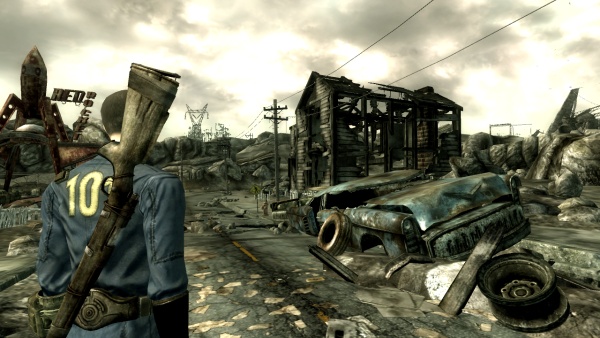
With the graphical progression of PC and console gaming, the authenticity of these worlds only continues to increase. Vvardenfell was pleasing. Cyrodiil was beautiful. Skyrim was staggering. As each console generation dawns, with it comes the ability to generate even more captivating landscapes.
How many of us have relished treading the briar-choked paths of Fangorn before? Or racing across the dunes of Tattooine? With video games, more so perhaps than film and literature, these worlds become accessible to us with an unprecedented degree of interaction.
Yet, it is not only what the world looks like that is such a draw. The lore contained within them – the backstories, the richly woven tapestries that give these worlds character – are just as important in defining a re-playable video game.
The Lore
Each open-world RPG is supported by a rich backlog of stories, events and happenings that contribute to its unique character. The seemingly tiny and insignificant details that contribute to the greater picture.
Take, for example, the sheer volume of supporting backstories located in Elder Scrolls which can be accessed from picking up books off shelves and reading them. Very few offer interactive opportunities, but what they do achieve is colouring the world with vibrant new shades.
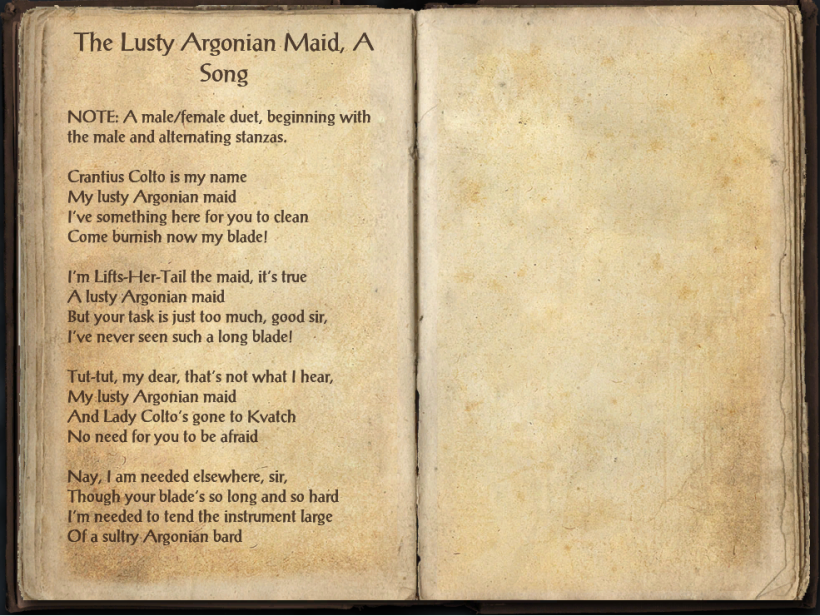
And these kinds of details don’t just exist in fantasy realms, either. in Red Dead Redemption, real movements are referenced and interacted with. Arthur Morgan encounters the Suffragettes, the Ku Klux Klan and the conflict between the US Army and the Native Americans. They impart the historical accuracy and add depth.
Then, of course, there is the vastly-detailed world of The Continent inhabited by the characters in The Witcher. Drawing from Andrez Sapkowski’s wealth of works, there are plenty of events that are referenced by NPCs during Geralt’s travels. We learn of the war between Novigrad and Nilfgaard, and the struggles of the Scoia’tael – lending the setting an air of vastness; that things are occurring, as in reality, far beyond the scope of the character we are playing.
The Heroes
Perhaps most importantly of all, open-world RPGs are revisited so frequently by gamers because they introduce us to characters we can relate to, and whom we come to care for, or perhaps even love.
The open-world RPG genre approaches this in two ways: the established hero whom we inhabit; and the create-a-character who we literally become.
On the one hand, some characters endure over the span of video games and become icons of a sort, synonymous and inseparable from the franchise itself. Link from Legend of Zelda is perhaps the most enduring RPG hero to which gamers will inevitably return to. In recent years, Geralt of Rivia, has become a mainstay.
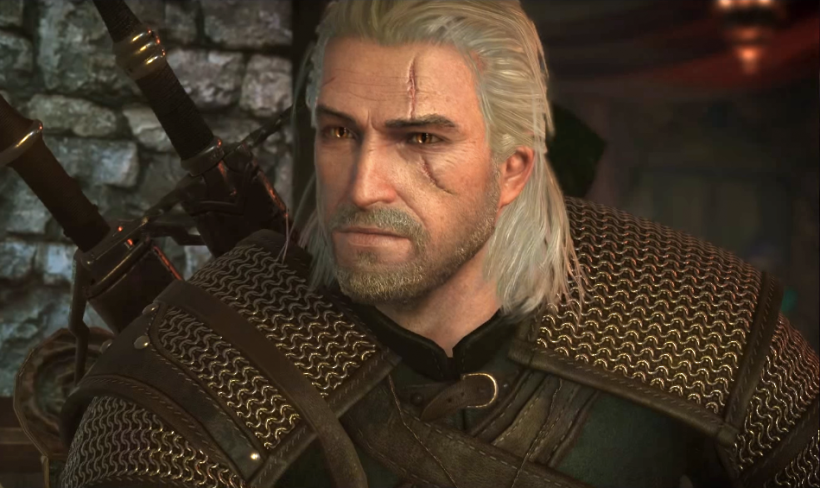
Conversely, Bethesda prefers a create-your-own hero approach, giving the player varying degrees of freedom in customising their own character. Not just in terms of clothing, armour and weapons, however. Both Skyrim and Fallout 4 offer a tremendous amount of creativity, in the vein of The Sims, when it comes to designing your character. You are that character.
And, of course, Rockstar and Ubisoft both prefer to supply the player with a character. Yet, in this instance, the protagonist changes in each game, meaning you get to encounter, understand and relate to a new hero with each game you play. It’s why gamers recall CJ from San Andreas and Ezio Auditore from Assassin’s Creed with such fondness.
Whatever the approach, whether you inhabit your character or become your character, the open-world RPG ensures that there are heroes and villains the gaming community comes to care about.
Longevity
Though the gaming landscape changes quickly, the open-world RPG seems set to remain – and not without progression itself. Elder Scrolls has expanded and evolved from the early days of Arena and Daggerfall; Grand Theft Auto has been utterly overhauled from its formative days on Playstation; Legend of Zelda has improved in terms of scope and narrative; while The Witcher reached the open-world pinnacle with its third instalment – quite probably the finest video game ever made.
Online gaming is increasingly the mantle of the future, and it drives the gaming world forward on a wave of innovation, sociability and interaction, but there will always be a place for gamers who want to lock themselves away in their room and lose themselves for hours in a story that seems as real as the world around them.
And for what it’s worth…
The greatest open-world RPGs you must play if you haven’t already:
- The Witcher 3: The Wild Hunt
- Skyrim
- Red Dead Redemption 2


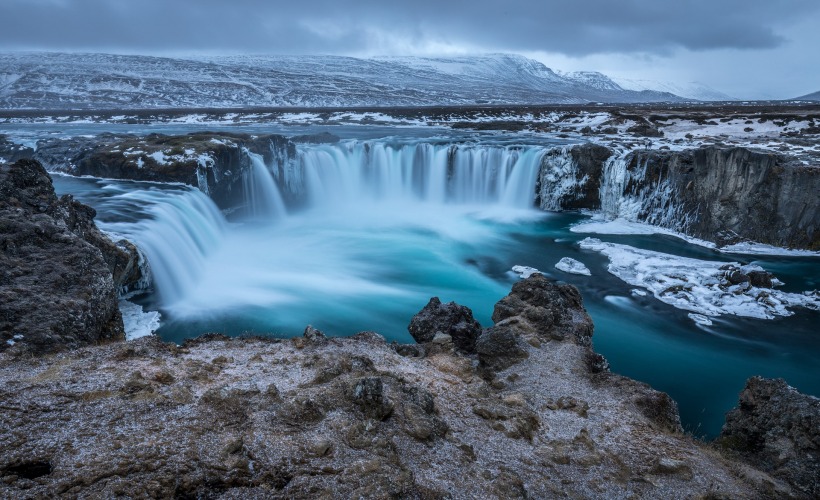



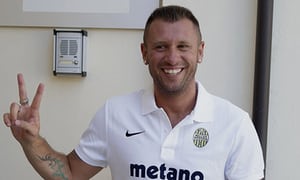
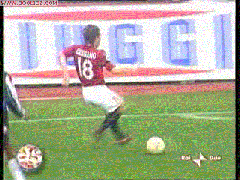
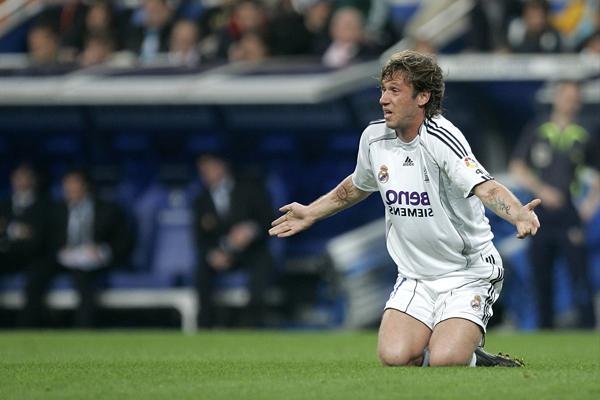
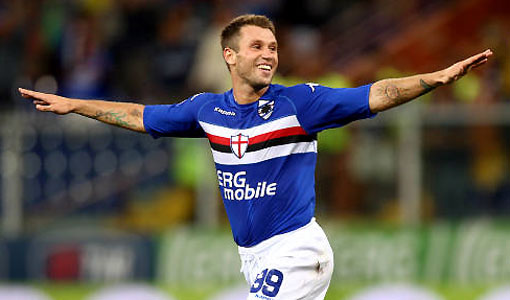




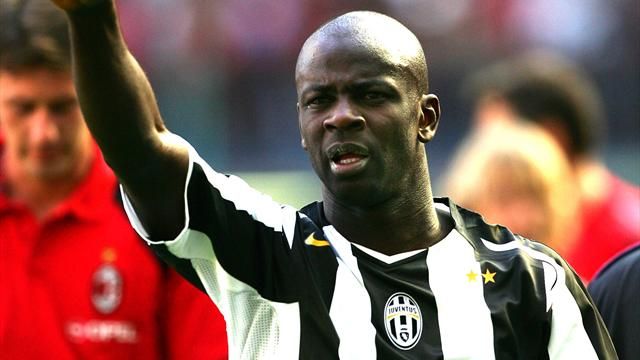
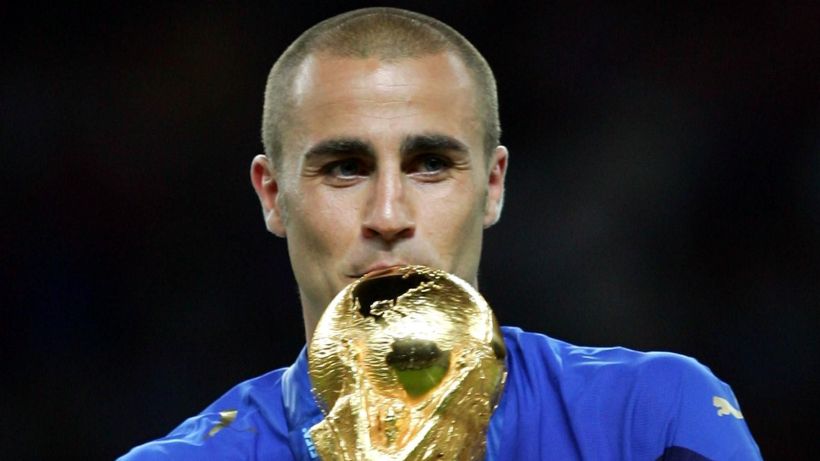
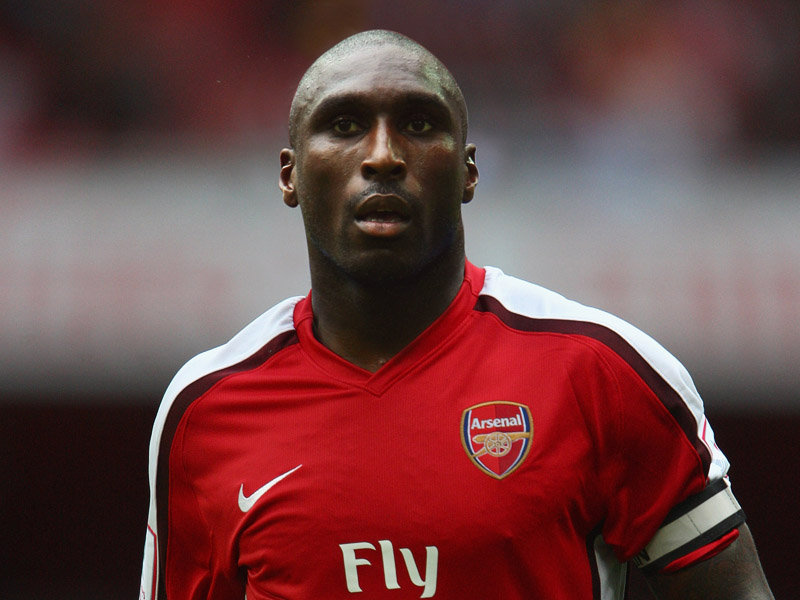
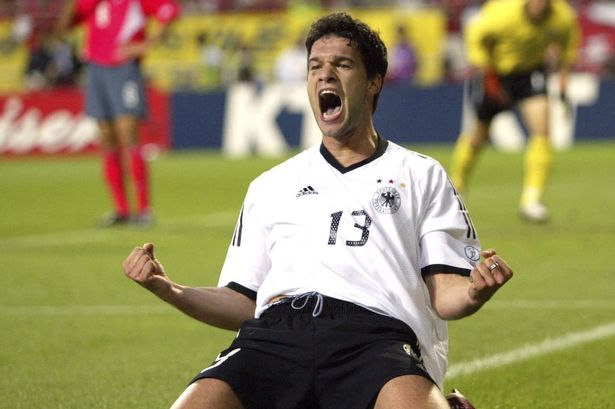
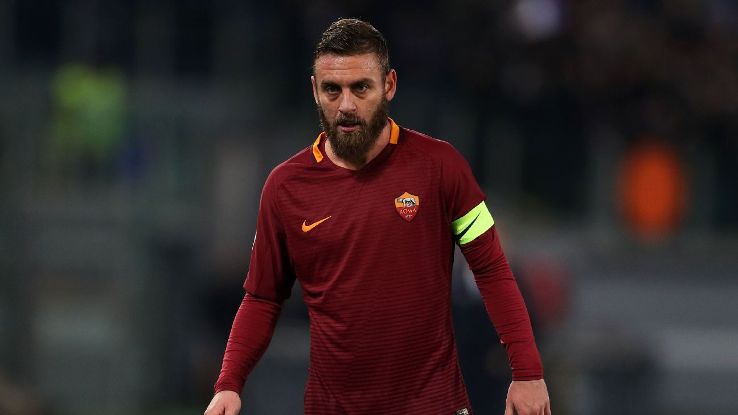
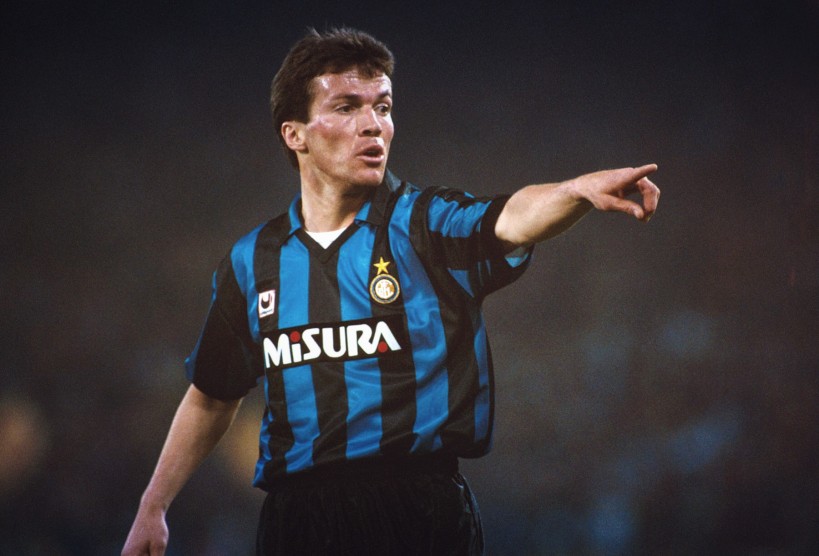

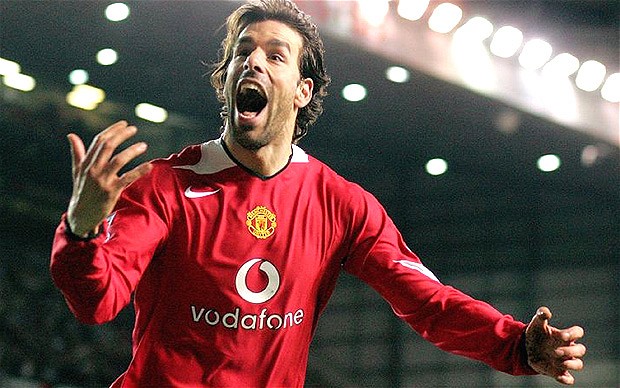
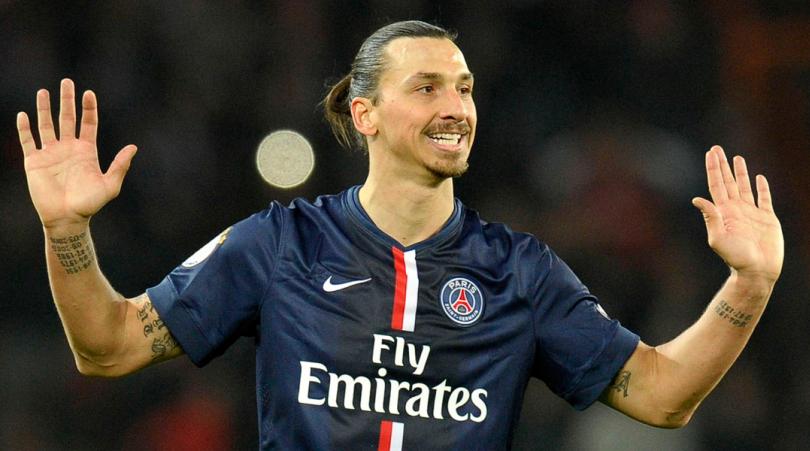
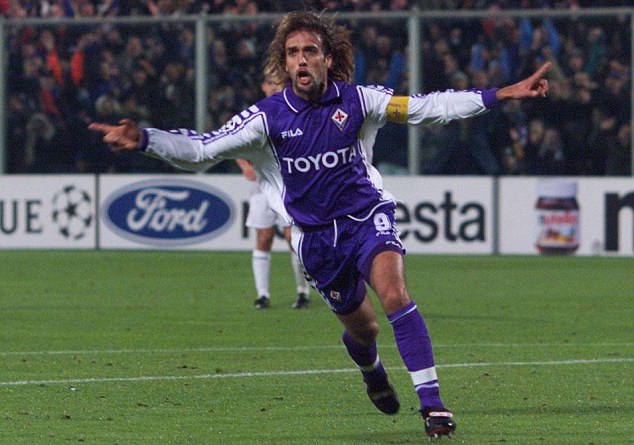

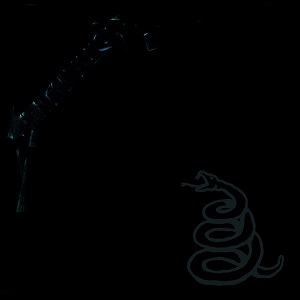
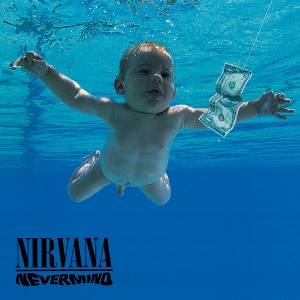
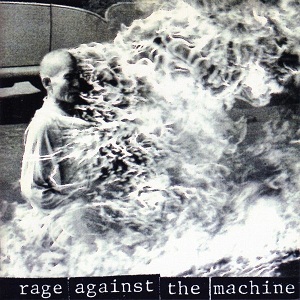 The album that inspired an entire generation to voice its defiance with the oft-uttered line “F*ck you, I won’t do what you tell me!”, rap metal outfit Rage Against the Machine found international fame with their debut album — a fame that was rekindled 20 years later when the lead single ‘Killing in the Name’ became the Christmas number one in the UK following a protracted Facebook campaign against Simon Cowell’s X Factor.
The album that inspired an entire generation to voice its defiance with the oft-uttered line “F*ck you, I won’t do what you tell me!”, rap metal outfit Rage Against the Machine found international fame with their debut album — a fame that was rekindled 20 years later when the lead single ‘Killing in the Name’ became the Christmas number one in the UK following a protracted Facebook campaign against Simon Cowell’s X Factor.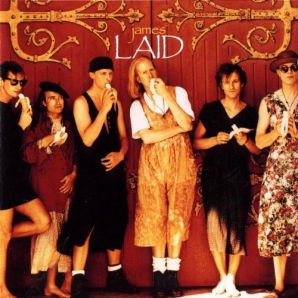
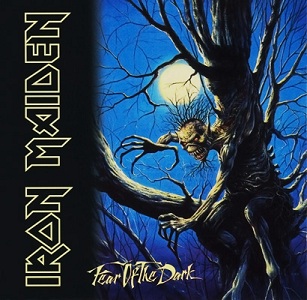 Though undoubtedly Iron Maiden enjoyed their heyday in the 1980s with a string of practically flawless metal masterpieces, the British rock legends did manage one album in the nineties that nearly replicated the success of their golden era.
Though undoubtedly Iron Maiden enjoyed their heyday in the 1980s with a string of practically flawless metal masterpieces, the British rock legends did manage one album in the nineties that nearly replicated the success of their golden era.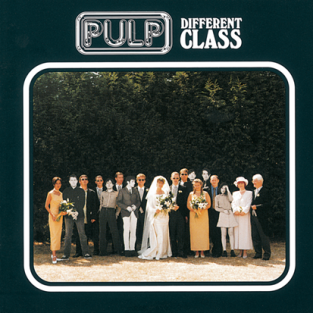 In an era when Blur and Oasis were battling it out for chart supremacy, it was Pulp, fronted by the maverick Jarvis Cocker, who stole a march on everyone when they released this seminal masterpiece that would help define the Britpop wave that swept the UK in mid-nineties.
In an era when Blur and Oasis were battling it out for chart supremacy, it was Pulp, fronted by the maverick Jarvis Cocker, who stole a march on everyone when they released this seminal masterpiece that would help define the Britpop wave that swept the UK in mid-nineties.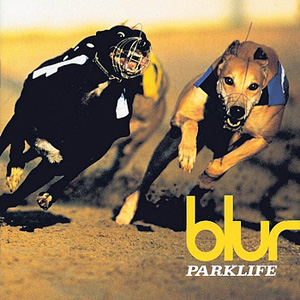 When it comes to the age-old choice of Blur or Oasis, there was only ever going to be one winner. For all their swagger, the Mancunian rockers could never quite match the simple brilliance that became a hallmark of their greatest rivals.
When it comes to the age-old choice of Blur or Oasis, there was only ever going to be one winner. For all their swagger, the Mancunian rockers could never quite match the simple brilliance that became a hallmark of their greatest rivals.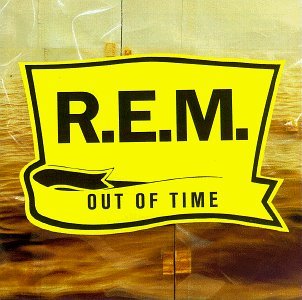 While it’s been argued that R.E.M’s following album, Automatic for the People, represents their greatest achievement across a long and successful career, it was their earlier record, Out of Time, which propelled them from their modest surroundings into international stardom.
While it’s been argued that R.E.M’s following album, Automatic for the People, represents their greatest achievement across a long and successful career, it was their earlier record, Out of Time, which propelled them from their modest surroundings into international stardom. For a band that were seemingly at the end of the line following years of torment and turmoil, with their lead singer plagued by serious drug addiction and their greatest guitarist languishing in his burnt-out LA home battling his own narcotics-induced demons, it’s astonishing the Red Hot Chili Peppers managed to make any sort of comeback, let alone record quite possibly the greatest album ever made.
For a band that were seemingly at the end of the line following years of torment and turmoil, with their lead singer plagued by serious drug addiction and their greatest guitarist languishing in his burnt-out LA home battling his own narcotics-induced demons, it’s astonishing the Red Hot Chili Peppers managed to make any sort of comeback, let alone record quite possibly the greatest album ever made.
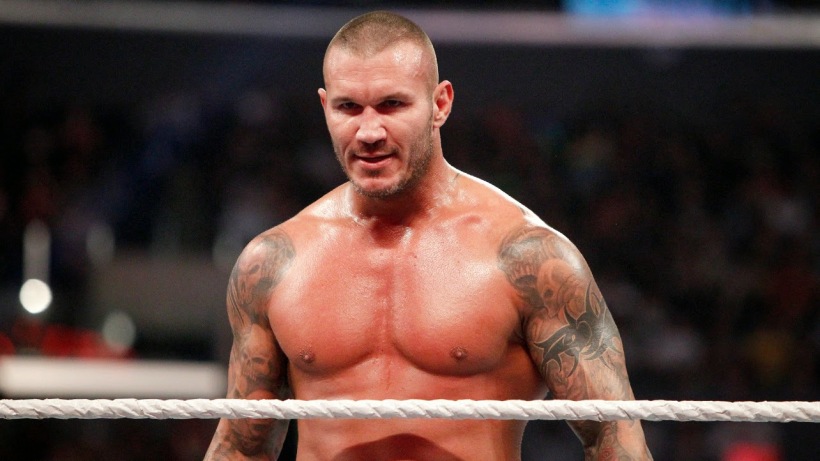
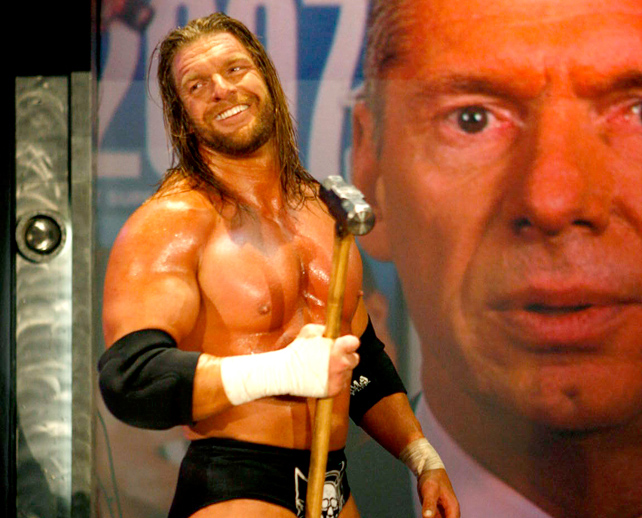

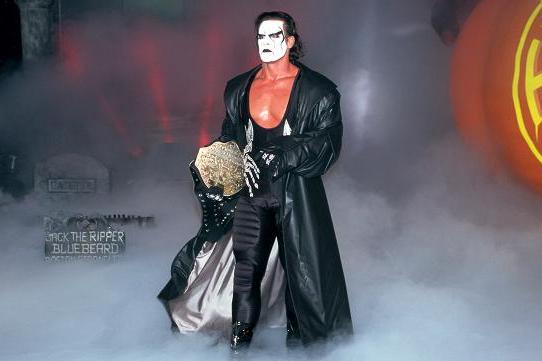
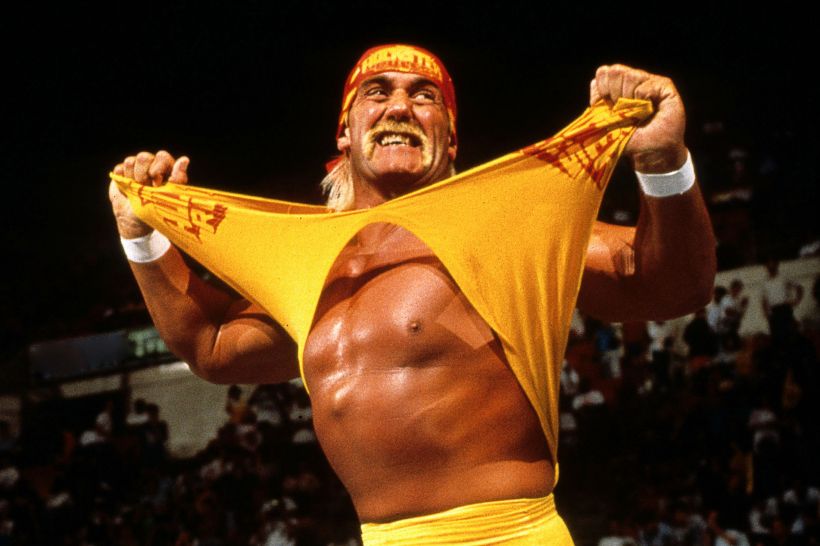

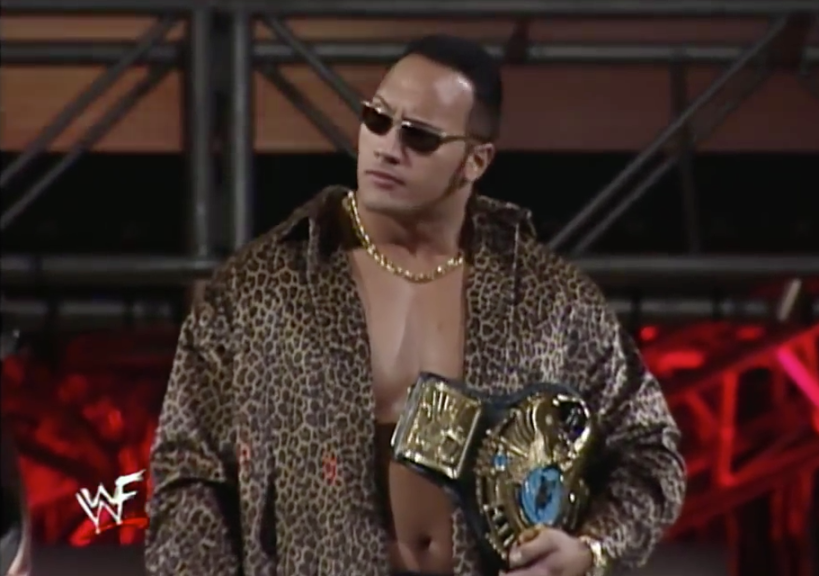
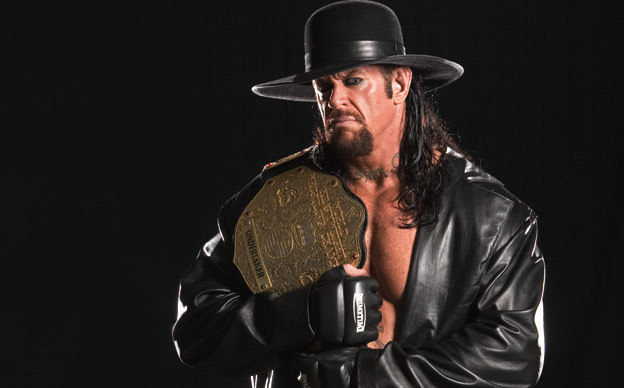
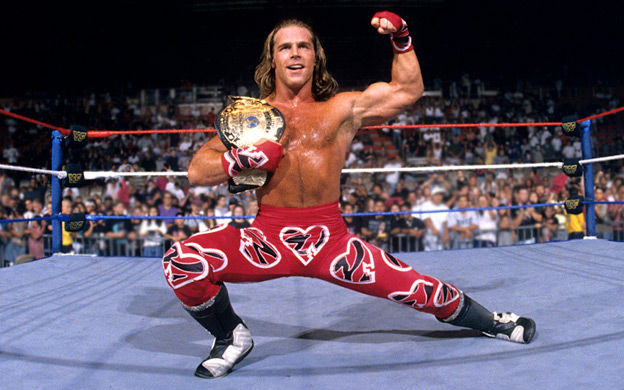
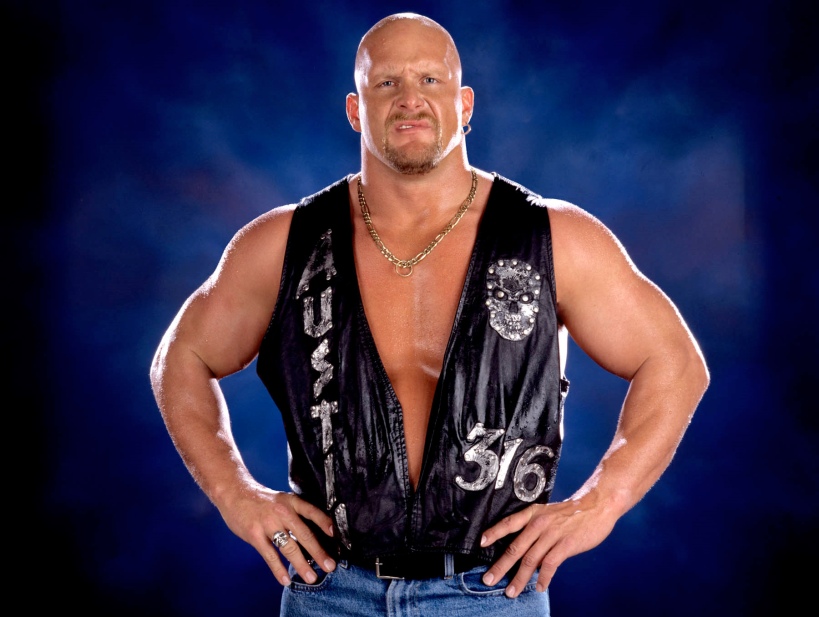


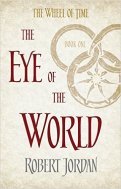 When it comes to building a world of staggering depth, complexity and unbridled imagination, there are few writers who can claim to be as proficient as the late Robert Jordan. His epic series spans 14 novels, covers 12,000 pages and is told in no fewer than four million words. This isn’t a series for the lighthearted or the uninitiated; it’s a truly masterful weaving of multiple tales, following the unfolding fates of dozens of beautifully-crafted characters, perhaps none of whom are as profoundly important as Rand al’Thor.
When it comes to building a world of staggering depth, complexity and unbridled imagination, there are few writers who can claim to be as proficient as the late Robert Jordan. His epic series spans 14 novels, covers 12,000 pages and is told in no fewer than four million words. This isn’t a series for the lighthearted or the uninitiated; it’s a truly masterful weaving of multiple tales, following the unfolding fates of dozens of beautifully-crafted characters, perhaps none of whom are as profoundly important as Rand al’Thor.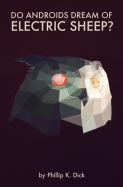 Although the novel became perhaps more famous for its use as the basis of the classic film Blade Runner, Philip K Dick’s bleak futuristic tale of Rick Deckhard’s quest to retire rogue androids as a means to achieve his life goal of owning a real animal goes down as one of science-fiction’s most engrossing reads. Eschewing titanic space battles, Do Androids Dream of Electric Sheep? is a masterfully somber affair that explores what it’s like to be human against a post-apocalyptic backdrop.
Although the novel became perhaps more famous for its use as the basis of the classic film Blade Runner, Philip K Dick’s bleak futuristic tale of Rick Deckhard’s quest to retire rogue androids as a means to achieve his life goal of owning a real animal goes down as one of science-fiction’s most engrossing reads. Eschewing titanic space battles, Do Androids Dream of Electric Sheep? is a masterfully somber affair that explores what it’s like to be human against a post-apocalyptic backdrop. Patrick Rothfuss’s compelling if atypical fantasy series may not have reached completion yet, but deservedly earns a spot on the pantheon of all-time greats. Impeccably written and beautifully composed, it tells the story of Kvothe in the form of a wistful autobiography told to a mysterious chronicler. Full of intrigue, exquisite prose and sheer adventure, it’s a fantasy novel for people who don’t necessarily enjoy fantasy.
Patrick Rothfuss’s compelling if atypical fantasy series may not have reached completion yet, but deservedly earns a spot on the pantheon of all-time greats. Impeccably written and beautifully composed, it tells the story of Kvothe in the form of a wistful autobiography told to a mysterious chronicler. Full of intrigue, exquisite prose and sheer adventure, it’s a fantasy novel for people who don’t necessarily enjoy fantasy.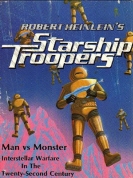 Many will recall the 1990s cinematic satirical adaptation that placed a great deal of emphasis on blowing up aliens, but the source material for the film was far more complex than that. If you’re after a traditional story, then Starship Troopers isn’t for you: its pacing is unorthodox, its plot structure a little odd and its themes definitely not mainstream. It follows the exploits of Sgt. Juan “Johnnie” Rico, who enlists in the futuristic Mobile Infantry, and the trials and tribulations he faces.
Many will recall the 1990s cinematic satirical adaptation that placed a great deal of emphasis on blowing up aliens, but the source material for the film was far more complex than that. If you’re after a traditional story, then Starship Troopers isn’t for you: its pacing is unorthodox, its plot structure a little odd and its themes definitely not mainstream. It follows the exploits of Sgt. Juan “Johnnie” Rico, who enlists in the futuristic Mobile Infantry, and the trials and tribulations he faces.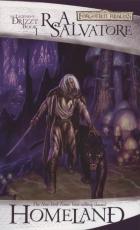 RA Salvatore is about as prolific as they come. The revered author, responsible for the most famous of dark elves, Drizzt Do’Urden, writes almost exclusively in the Forgotten Realms fantasy setting of Dungeons and Dragons. Of his many series, the core tales surrounding Drizzt and the Companions of the Hall are the most engrossing, yanking the reader by the arm and hurtling them along through a series of fast-paced, action-packed novels that take in everything from evil wizards, marauding orcs, sinister drow and conniving assassins.
RA Salvatore is about as prolific as they come. The revered author, responsible for the most famous of dark elves, Drizzt Do’Urden, writes almost exclusively in the Forgotten Realms fantasy setting of Dungeons and Dragons. Of his many series, the core tales surrounding Drizzt and the Companions of the Hall are the most engrossing, yanking the reader by the arm and hurtling them along through a series of fast-paced, action-packed novels that take in everything from evil wizards, marauding orcs, sinister drow and conniving assassins.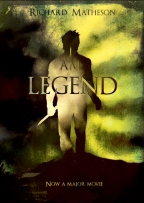 Blurring the lines between sci-fi and horror, Richard Matheson broke ground with his 1954 novel I Am Legend. Credited with introducing the modern vampire, Matheson’s creation belongs more in the genre of post-apocalyptic fiction and directly influenced the rise of the contemporary zombie outbreak. The novel is bleak, dark and – and times – cripplingly lonely; so much so, it was once described as the “greatest novel on human loneliness”.
Blurring the lines between sci-fi and horror, Richard Matheson broke ground with his 1954 novel I Am Legend. Credited with introducing the modern vampire, Matheson’s creation belongs more in the genre of post-apocalyptic fiction and directly influenced the rise of the contemporary zombie outbreak. The novel is bleak, dark and – and times – cripplingly lonely; so much so, it was once described as the “greatest novel on human loneliness”.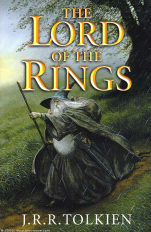 Where would fantasy be without the man who popularised the genre over seventy years ago? A renowned scholar, Tolkien painstakingly crafted an entire world down to its most minute details. His finest work, The Lord of the Rings, takes place in the Third Age of his epic mythology and is undoubtedly one of the greatest pieces of fiction ever written. Pitting good against evil, exploring friendship, heroism, love and heartbreak, Tolkien’s masterpiece transcended the genre and became an integral cornerstone of Western literature.
Where would fantasy be without the man who popularised the genre over seventy years ago? A renowned scholar, Tolkien painstakingly crafted an entire world down to its most minute details. His finest work, The Lord of the Rings, takes place in the Third Age of his epic mythology and is undoubtedly one of the greatest pieces of fiction ever written. Pitting good against evil, exploring friendship, heroism, love and heartbreak, Tolkien’s masterpiece transcended the genre and became an integral cornerstone of Western literature.
